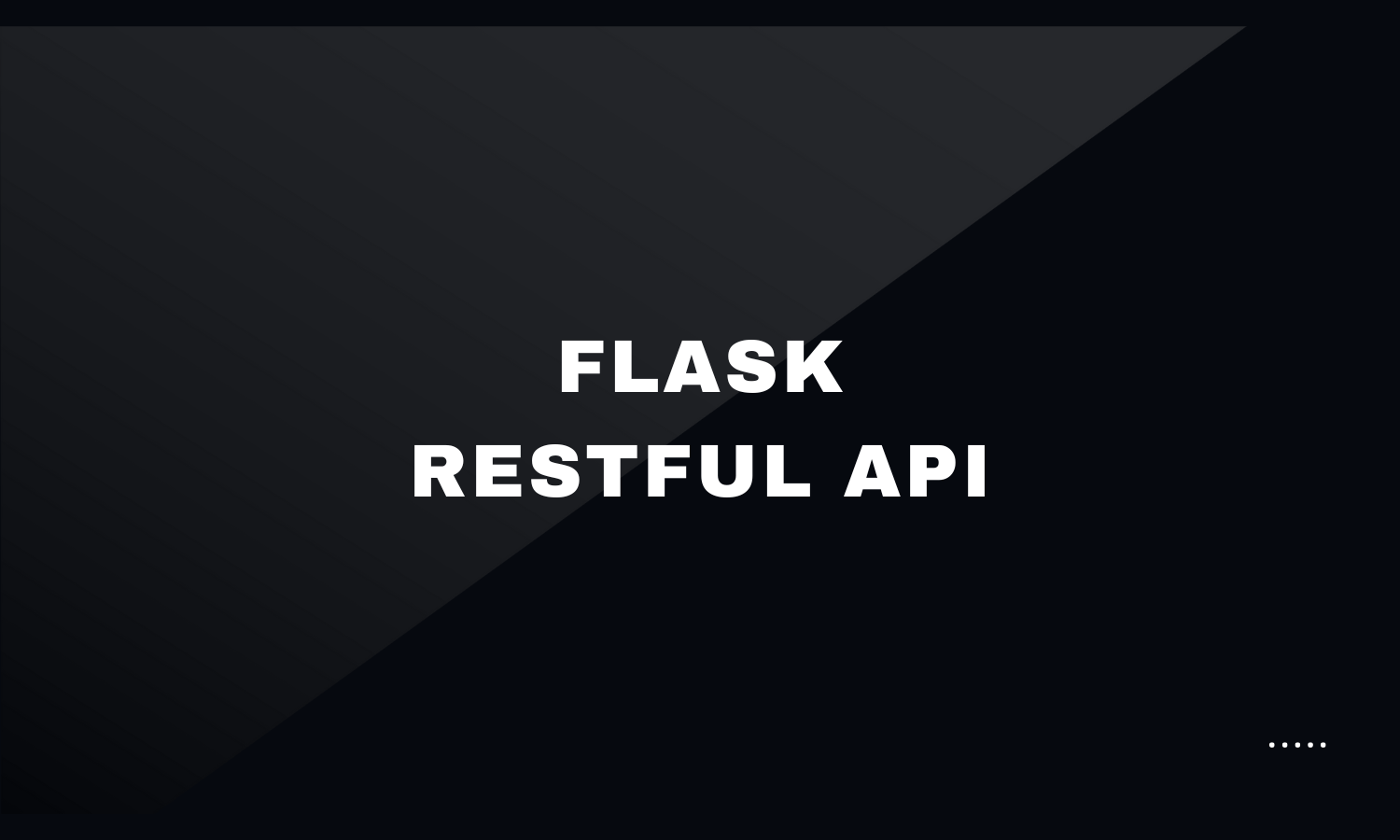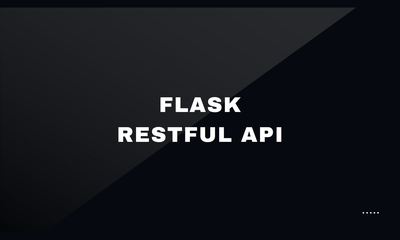By khoanc, at: 15:30 Ngày 09 tháng 3 năm 2023
Thời gian đọc ước tính: __READING_TIME__ phút


By khoanc, at: 15:30 Ngày 09 tháng 3 năm 2023
Thời gian đọc ước tính: __READING_TIME__ phút


